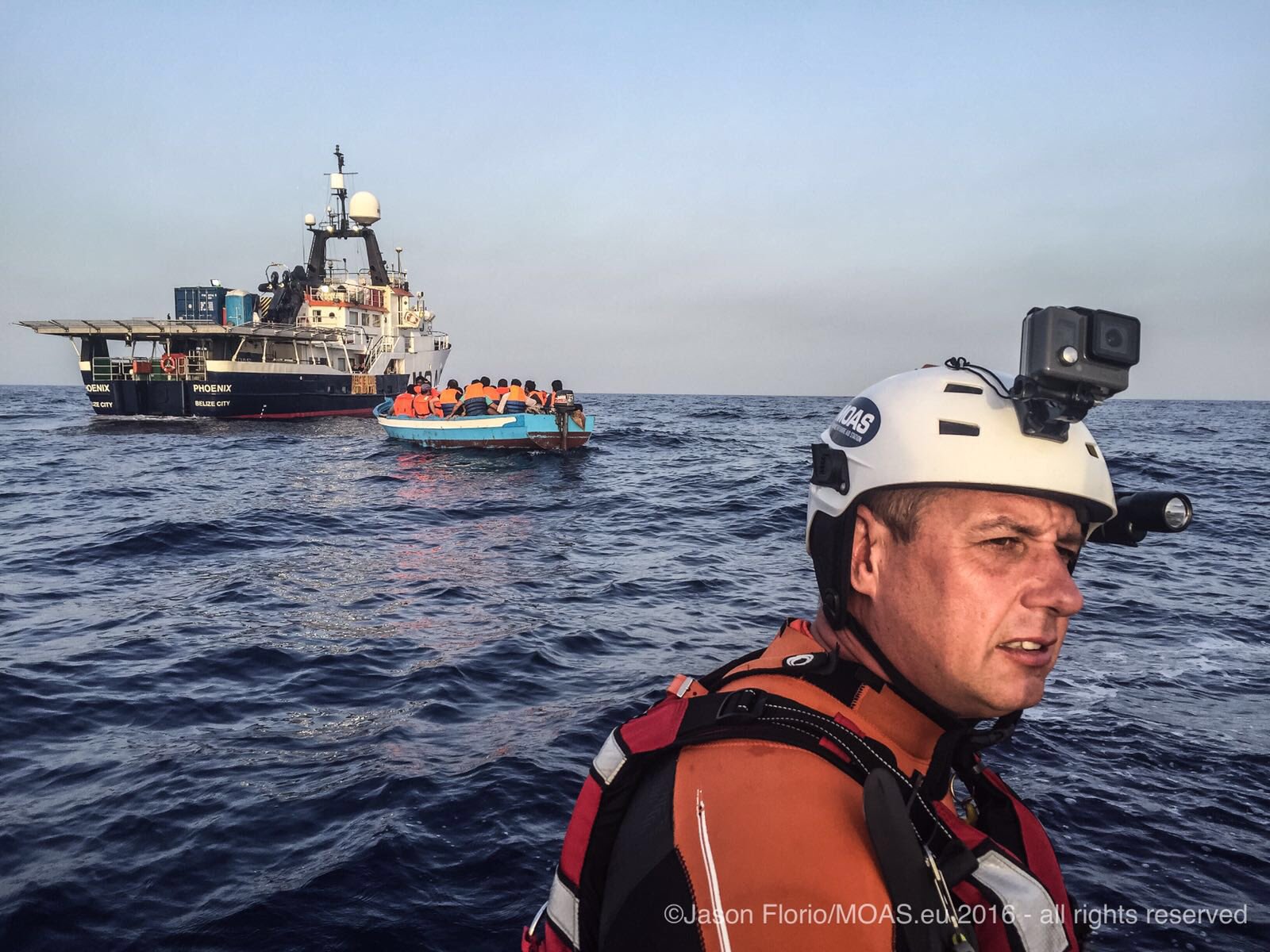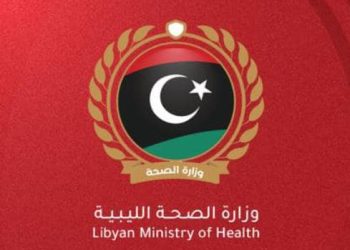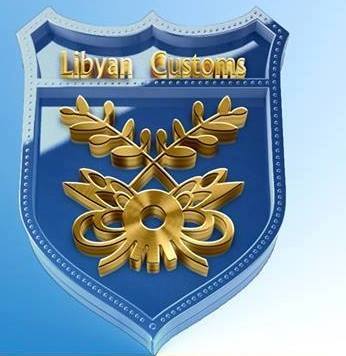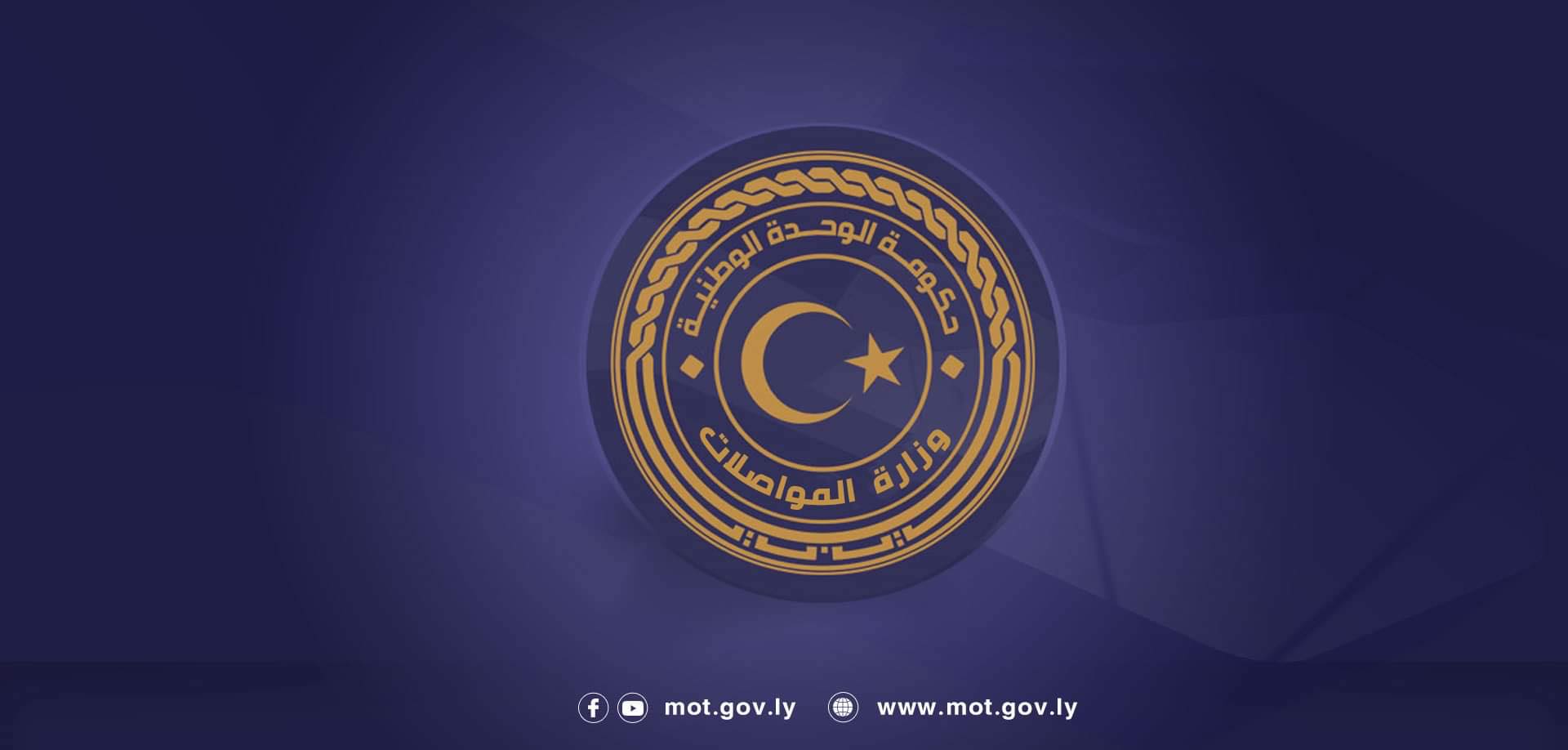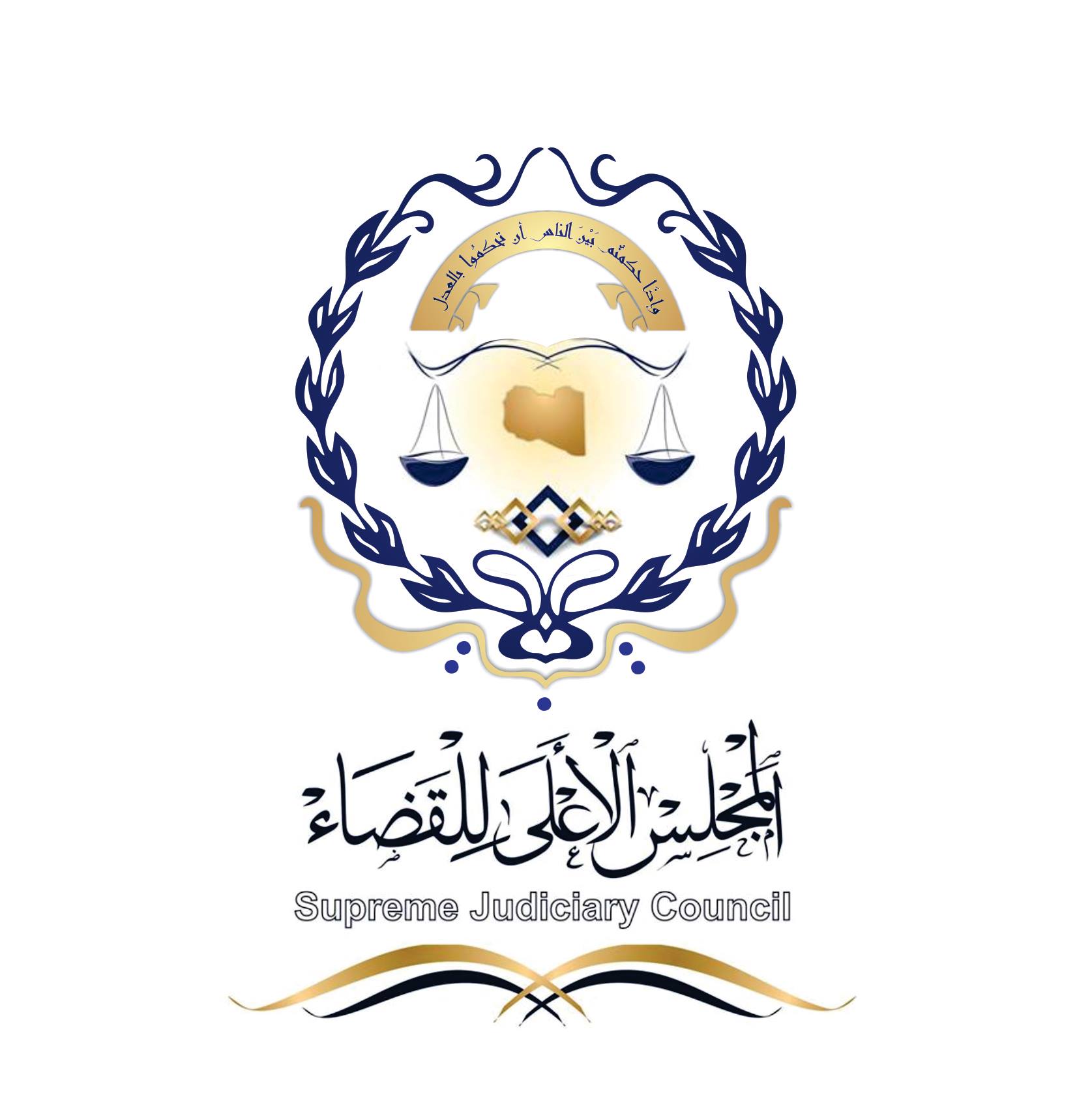By Sami Zaptia.
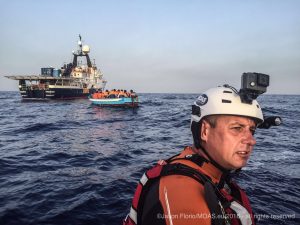
London, 22 June 2016:
Since the Maltese-based Migrant Offshore Aid Station (MOAS) launched its 2016 Mediterranean mission on June 6th, over 2,000 people were rescued and assisted off the coasts of Libya, it reports.
As the world celebrates the contribution of refugees to their communities around the world, a UNHCR report finds that 65.3 million people – or one person in 113 – were displaced from their homes by conflict and persecution last year. The MOAS fleet of two ships, two drones and over 40 humanitarians have been working on the front lines of that global crisis.
The UN’s IOM reports that there were 264,014 migrants that were identified as residing in 316 different locations across Libya, of which 3% are reported to be residing in detention centres. The most frequently reported nationalities of migrants residing in Libya are those from Niger, Egypt, Chad, Ghana and Sudan.
At least 250 migrants have died in Libya and Sudan out of 471 deaths and disappearances recorded on the African continent this year by the IOM’s Missing Migrant Project.
“At least 250 migrants have died in Libya and Sudan alone, many due to exposure, starvation or dehydration in the Sahara Desert,” explained Julia Black, a researcher with IOM’s Global Migration Data Analysis Centre (GMDAC) in Berlin.
The IOM’s Displacement Tracking Matrix (DTM) operations estimate the passage this year of at least 120,000 migrants since January through Niger. Many of these transit to Europe across the Mediterranean through Libya. In nearly 18 months since the start of 2015, IOM’s Missing Migrants Project has recorded 678 deaths of migrants across the African continent with North Africa accounting for 407.
The UN OCHA’s latest Humanitarian Bulletin, meanwhile, says that ‘’the continuing dire conditions in Libya’s detention centres are increasingly in the spotlight. The migrants rescued in May were transferred to detention centres in Al Zawiya, Abu Eissa and Shuhada’ Al Nasr, which are all severely over capacity’’.
‘’One centre has a capacity to hold 1,000 migrants, yet is currently holding 2,000 people. The ability of the detention centres to provide initial emergency assistance and meet critical needs is severely strained’’.
Meanwhile, the IOM reported an estimated 213,581 migrants and refugees entered Europe by sea in 2016 through 15 June, arriving in Italy, Greece, Cyprus and Spain. Deaths so far this year are 2,859 compared with 1,838 through the first six months of 2015. Fatalities on the Mediterranean Sea in 2016 stand at 1,020 ahead of last year’s mid-year total, three weeks shy of 2016’s mid-year point.
After spending two weeks at sea as part of the Search and Rescue crew, MOAS founder Christopher Catrambone was face to face with the scale of the humanitarian disaster unfolding.
“These are men, women and even unaccompanied children who are willing to endure beatings, robberies, rape, incarceration to risk their lives at sea to find security for their families and themselves’’.
‘‘When we pull these desperate people from the sea we are often the first gracious act of humanity that they have experienced since being forced to leave their homes. As we listen and document their stories, we always wonder: would anyone reach out their hand and rescue us?” said the founder of MOAS.
MOAS and its partners, Emergency and the Italian Red Cross, gave medical assistance to those rescued and have maintained a constant presence in the Mediterranean since operations began.
“Being aboard the Phoenix has been a very emotional experience so far. These people risk losing their lives twice: not only do they risk their physical lives in search of a better future, but in the process they also lose their security and culture when they leave their homeland behind’’.
‘‘The most intense moment for me so far was treating a young man’s scars from being tortured in Libya” said Daniela Francesconi, Italian Red Cross’ nurse aboard the Phoenix.
“For two years Emergency has been working in Sicilian ports to give assistance to those arriving and for two weeks now we are also at sea in support of MOAS to ensure post-rescue assistance to all migrants trying to reach Europe’’.
‘‘It was an inevitable step forward considering the continuous arrival of refugees and migrants, and especially considering the blindness of Europe, focused on protecting its borders rather than helping those in need. What has been the birthplace of our civilization and our democracy is in danger of becoming the graveyard of human rights”, stated Andrea Bellardinelli, the Head of Programme with Emergency
Operating at the frontline of the world’s deadliest migrant border crossing, MOAS uses expensive but vital technology and a dedicated team of search and rescue professionals and volunteers to operate. Despite their cost, drones are proving again and again that technical advances can and must be used in this crisis.
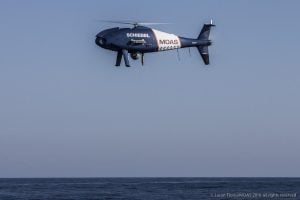
So far this year, at least 70% of the boats rescued by MOAS were originally located by using drones.
“The use of the drone technology on the Phoenix plays an important part in the MOAS mission, expanding our area of operation, allowing us to shorten the time needed to assist refugees in danger of drowning”, said co-founder of MOAS Regina Catrambone.
“We trust our donors and supporters understand the importance of never losing our basic moral compass and continue to support the direct action of MOAS in saving lives” stated Christopher Catrambone.
MOAS has helped rescue over 15,000 people since it began in 2014, without a single casualty despite the crew working in extremely stressful circumstances.
